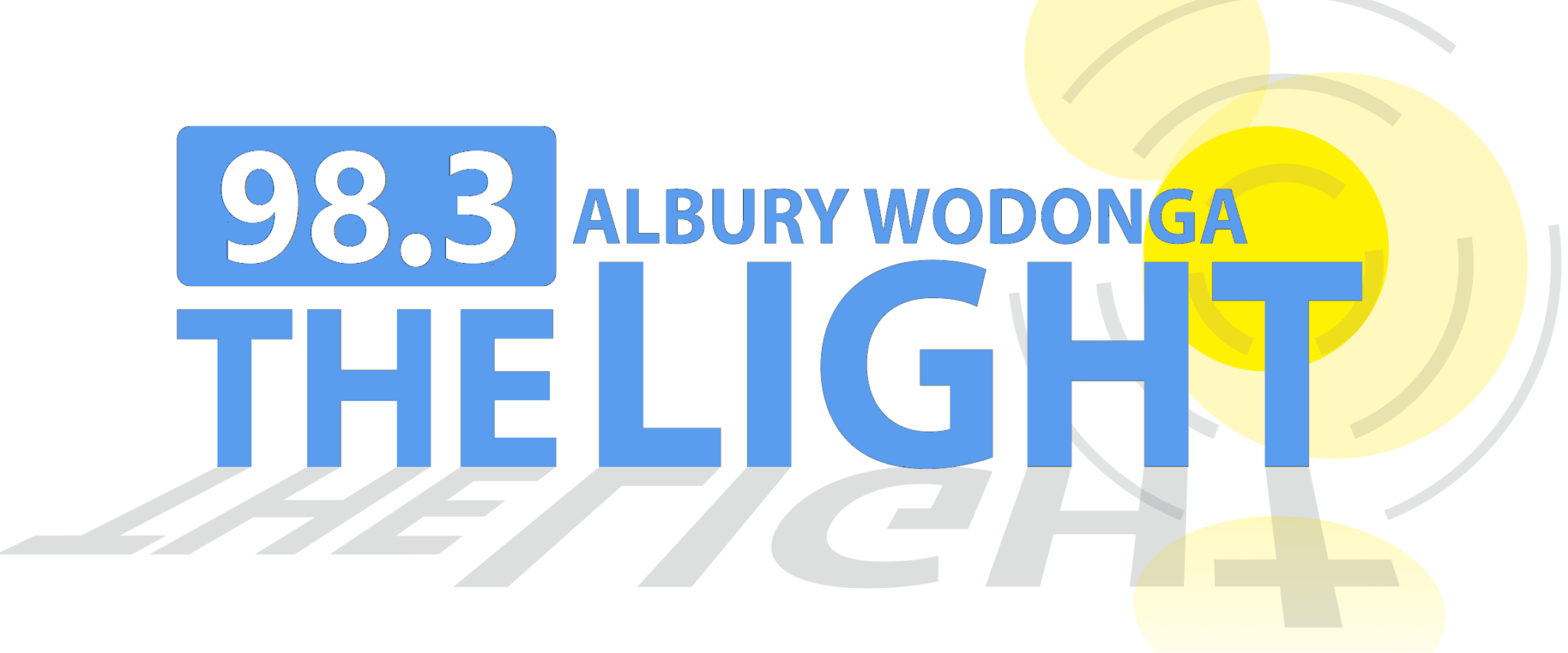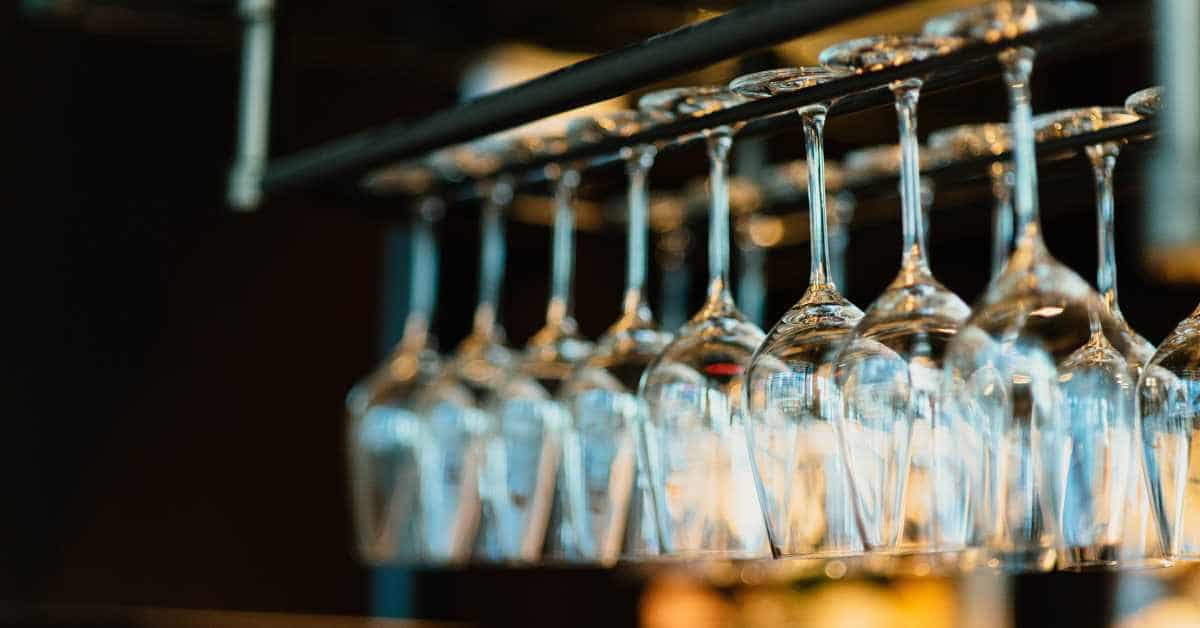By: McCrindle
Over recent years there has been a shift in the drinking culture of Aussies from beer to wine, making it less likely to binge drink due to factors such as social expectations, social environments and costs.
This goes against common perceptions that Australians are a nation of binge drinkers. The downward trend in apparent consumption has largely been influenced by what Australians are choosing to drink; and we are choosing to drink less beer.
According to the latest ABS data, 185.8 million litres of pure alcohol was available for consumption from alcoholic beverages in Australia in 2016-17, down from 188.2 million litres in the previous year. This is due to a 3.4% decrease in pure alcohol from beer (or 2,593 thousand litres) between 2015-16 and 2016-17.

Time to wine down
Apparent consumption of alcohol per person has dropped to levels not seen since the 1960s. It currently stands at 9.4 litres for every Australian aged 15 and over.
That’s the equivalent of:
- 224 stubbies (375 ml) of beer;
- 38 bottles (750ml) of wine;
- 17 bottles (375ml) of cider;
- 4 bottles (700ml) of spirits; and
- 33 cans (375ml) of premixed ready to drink varieties.
“If you keep in mind that around one in five Australians drink very rarely or not at all, that’s quite a lot for the rest of us, notwithstanding the amounts discarded or used for non-drinking purposes”, Louise Gates, ABS Director of Health Statistics.
“If 224 stubbies sounds like a lot, contrast that with 1974-75 when Australia reached ‘peak beer’ and the consumption was equivalent to over 500 stubbies per person.”

Brew blues
Australians are drinking less, suggesting our relationship with alcohol is changing to one that is more mature and responsible. The percentage of excessive drinkers, equating to 5 or more standard drinks, is down to 16% in 2017 from 24% in 2007. [DrinkWise]
Beer has gone from contributing to 75% of total alcohol consumption in 1966-67 to 39% in 2016-17, almost halving the per-capita consumption.
In contrast, there has been an upward trend in alcohol consumed from wine over the 50-year period has grown from 14% to 38%.
However, beer is still the leading source of alcohol, with 3.7 litres of alcohol consumed from beer per capita in 2016-17, narrowly surpassing alcohol from wine (3.6 litres).
Younger generations more health-conscious drinkers than their older counterparts
The drop in alcohol consumption may be explained in the changing attitudes towards it. Young people are more tactical in their approach to drinking, preferring moderation and reserving it for social occasions.
The 2017 Nielson survey of over 20,000 Australians also shows that although Gen Y and Gen Z (who are of drinking age, i.e. aged 18 to 34), look for value, they also consider health factors. With low carb, calories, vitamin-fortified and organic as very important when deciding what to buy. Boomers, on the other hand, place higher importance on value and price, especially when it comes to beer and cider. [Nielson]
Despite common perceptions, Millennials are less likely to drink than their elders, with just over half (53%) having said they had alcohol in the past month, compared to 65% of Generation X and 72% of Baby Boomers. [Nielson]
The younger generation in particular are more concerned about what they are putting into their bodies and the role of alcohol in their lives.
Article supplied with thanks to McCrindle.
About the Author: McCrindle are a team of researchers and communications specialists who discover insights, and tell the story of Australians – what we do, and who we are.

